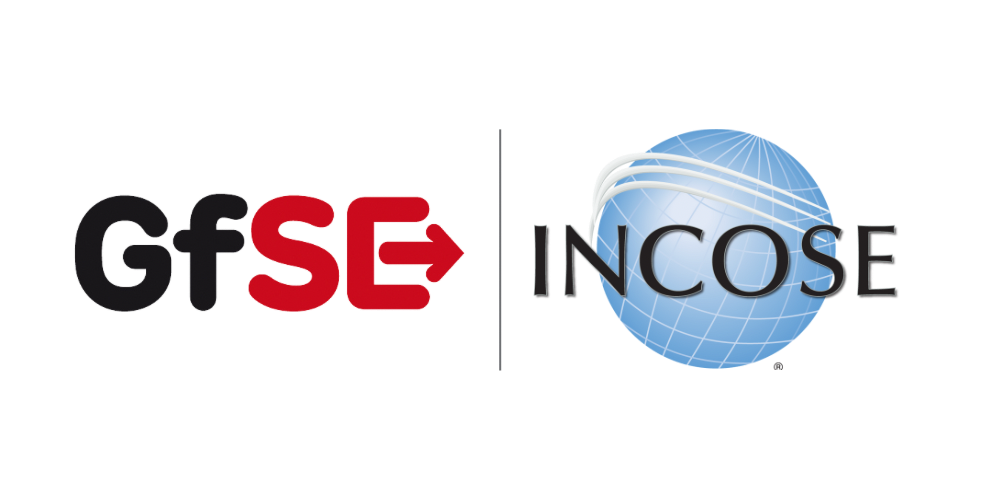| Concept | Documentation |
|---|
| System Use Case | The System Use Cases are a table of content of the services provided by the System of Interest to its System Actors. A System Use Case is only the abstract of the depicted System behavior and represents the purpose. While the main System of Interest interaction actors participating in this Use Case are identified, the behavior itself is specified by a Use Case Activity, Note: The intended use (and also misuse in so called "black use cases") of the System of Interest is captured in free text; story telling at a coarse level of detail which is understandable to Customers (non engineering stakeholders in general). |
| Logical Context SOI | Represents the Logical SOI in the System Context on Logical Level. |
| Physical SOI | Represents the Physical SOI on Physical Level. |
| System Domain Kind | Specification for any kind of conceptual item (energy, material, information, etc.) to be exchanged on Functional or Logical Level. The System Domain Kind is agnostic to any realization on Physical Level. |
| beeing in | Specifies that a System Domain Kind can have certain states. Note: Of course an item is in only one distinct state at a certain time. The multiplicity means that an Item can have a set of possible states, and a state can be used to specify possible States for several domain items. |
| System State | Describes a state (or mode) of something on system level that can have distinct states. |
| System Function | Specifies the fundamental action or task that have to take place in the System in accepting and processing the inputs and in processing and generating the outputs. A System Function * accepts input from the System boundary * exposes its output at the System boundary * changes the System's State * is dependent on System's State Note: A System Function does not need to expose observable output, when it changes the System's state in a way that is observable by other system functions. Furthermore, a System Function does not need to accept any input from the system boundary, when it is dependent on the System State, which in turn is changeable by other System Functions. |
| Software Element | Pure Software Elements. Similarity with the V-Model "software unit". |
| Physical Element | A composition of Hardware and Software Elements. Similarity with the V-Model segments and system. See [VXT]. |
| Hardware Element | Pure Hardware Elements. Similarity with the V-Model "hardware unit". |
| Logical Element | Describes a conceptual Logical Element as specification for an implementation of a system, or system element. |
| Abstract Physical Element | Abstract element representing physical structure items keeping properties and relations applicable to all physical items. |
| LETbeeingInSSE | Specifies the System States a Logical Element can be in. |
| SFNhasPreconditionSSE | Specifies the fact a System Function may have System States as precondition. This means that the Function is only provided in distinct States. |
| System State Transition | Describes an allowed transition between two system states of an item that can be in distinct States. |
| APEbeeingInSSE | Specifies the fact that a Physical System Element can be in distinct states. |
| SFNhasPostconditionSSE | Specifies the fact that a System Function can perform a particular set of transitions, resulting in the related target System States. |
| System Process | Specifies the fact that a System Process captures system behavior as a specific sequence of actions or tasks, and system exchanges including information, materials, energy, etc. |
| SUChasPostConditionSSE | Specifies the fact that a System Use Case may have System States as Postcondition. |
| SUChasPreConditionSSE | Specifies the fact that a System Use Case may have System States as Precondition. |
| System Triggering Event | an event that trigges a state transition |
| triggering | specifies that an System Triggering Event triggers a System State Transition. |
| has precondition | Specifies the fact that a System Process may have System States as precondition. This means that the System Process can only be executed in distinct states. |
| has postcondition | Specifies the fact that a System Process can have a particular set of transitions resulting in the System States as postcondition. |
